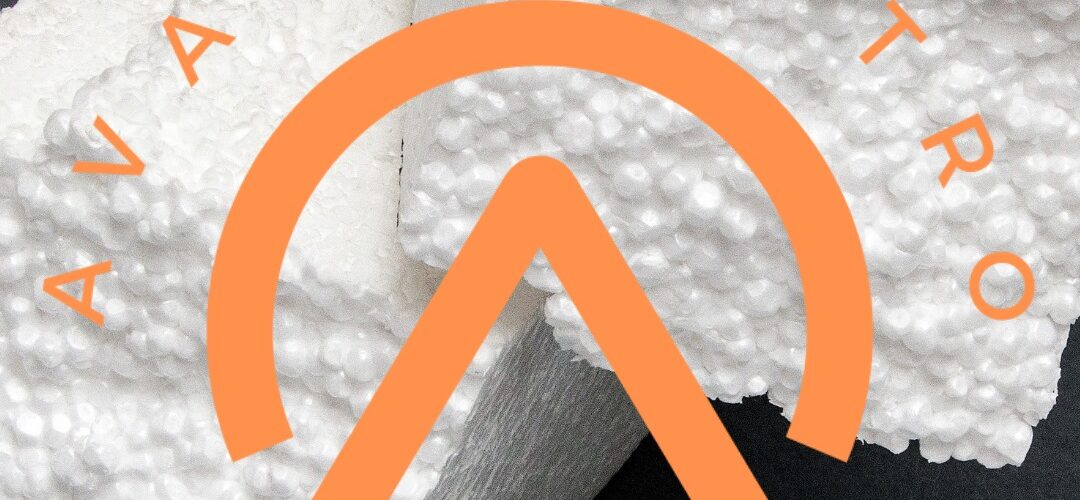Maximizing Performance: Coating of Wire and Cable with Plastic
In the ever-evolving landscape of manufacturing and technology, the coating of wire and cable with plastic has emerged as a pivotal process, revolutionizing industries that rely on seamless connectivity and electrical transmission. This article delves into the intricacies of this transformative technique, shedding light on its significance, applications, and the unparalleled advantages it brings to the table.
Understanding the Coating Process
Precision at its Core
The coating process involves the meticulous application of specialized plastic compounds onto wires and cables. This is not a one-size-fits-all operation; instead, it demands precision and tailor-made solutions to meet diverse industry needs. The choice of plastic, application methods, and curing processes play a pivotal role in achieving the desired results.
Versatility Unleashed
One of the prime reasons for the widespread adoption of plastic coating is its versatility. It accommodates an extensive array of wire and cable types, ensuring compatibility across industries. From power cables to telecommunications wiring, the plastic coating process offers a comprehensive solution, reinforcing the importance of its application in various sectors.
Unraveling the Benefits
Enhanced Durability
The application of plastic coating serves as a robust protective shield, enhancing the durability of wires and cables. This barrier shields against environmental factors, such as moisture, chemicals, and abrasion, prolonging the lifespan of the components and ensuring uninterrupted performance.
Electrical Insulation Mastery
Plastic coating takes electrical insulation to new heights. By enveloping wires and cables in a non-conductive layer, it mitigates the risk of electrical leaks and ensures the safe and efficient transmission of power. This is particularly crucial in applications where precision and reliability are paramount.
Adherence to Industry Standards
In an era where compliance is non-negotiable, the plastic coating of wires and cables stands out for its adherence to stringent industry standards. Manufacturers can customize coatings to meet specific regulatory requirements, ensuring that the end product complies with safety and performance benchmarks.
Applications Across Industries
Telecommunications Triumph
The telecommunications industry has reaped substantial benefits from the plastic coating of cables. This process not only ensures the longevity of data transmission cables but also contributes to the efficient functioning of communication networks, a cornerstone in the digital age.
Powering Progress in Energy Transmission
In the energy sector, the plastic coating of power cables plays a pivotal role in safeguarding the infrastructure against environmental stressors. This results in increased reliability, reduced maintenance costs, and a more sustainable energy transmission system.
Automotive Advancements
Automotive manufacturers leverage plastic-coated wires to elevate the performance and safety of vehicles. The enhanced durability and insulation properties contribute to the longevity and reliability of electrical systems in cars, promoting overall safety and efficiency.
Future Outlook and Innovations
Continual Evolution
As technology advances, so does the plastic coating of wires and cables. Ongoing research and development are focused on refining existing processes and exploring new materials, pushing the boundaries of what is achievable. This continual evolution ensures that industries will continue to benefit from cutting-edge solutions.
Environmental Sustainability
The future of plastic coating also aligns with environmental sustainability. Innovations in eco-friendly plastic compounds are gaining traction, addressing concerns about the environmental impact of traditional coating materials. This shift towards sustainability not only meets regulatory requirements but also reflects a commitment to responsible manufacturing practices.
Conclusion
In conclusion, the coating of wire and cable with plastic is a cornerstone in modern manufacturing, providing a robust foundation for various industries. Its ability to enhance durability, ensure electrical insulation, and adapt to diverse applications positions it as a game-changer. As industries continue to evolve, embracing the advancements in plastic coating becomes not just a choice but a necessity for those aiming to stay at the forefront of innovation.
Written by Emir Narin

